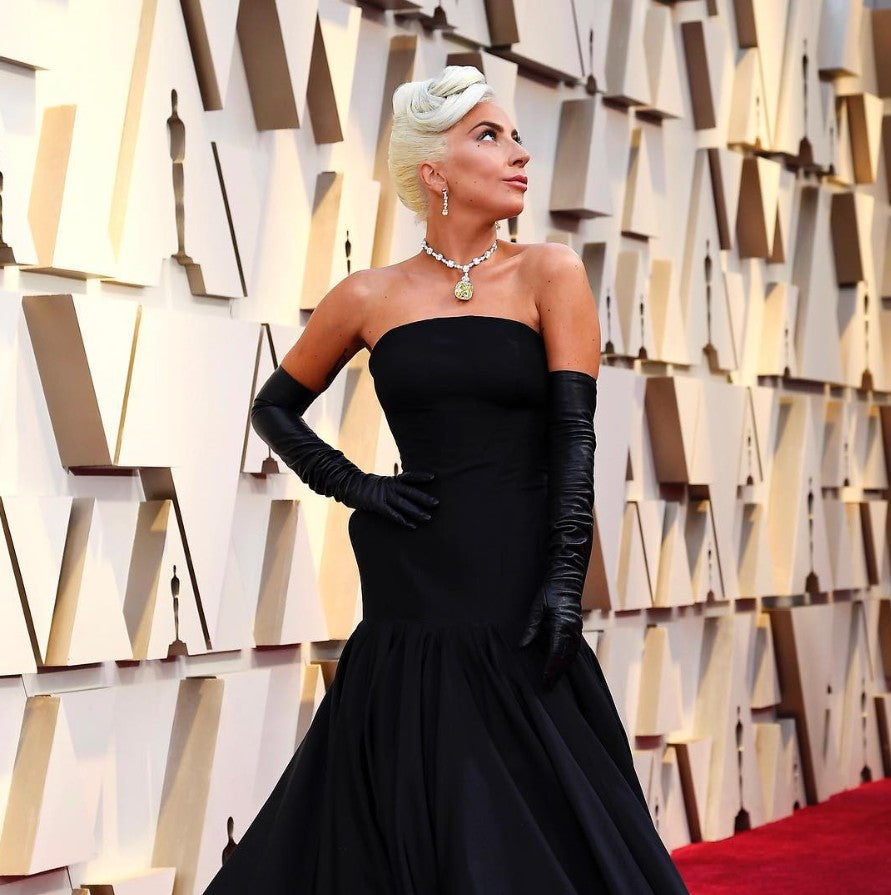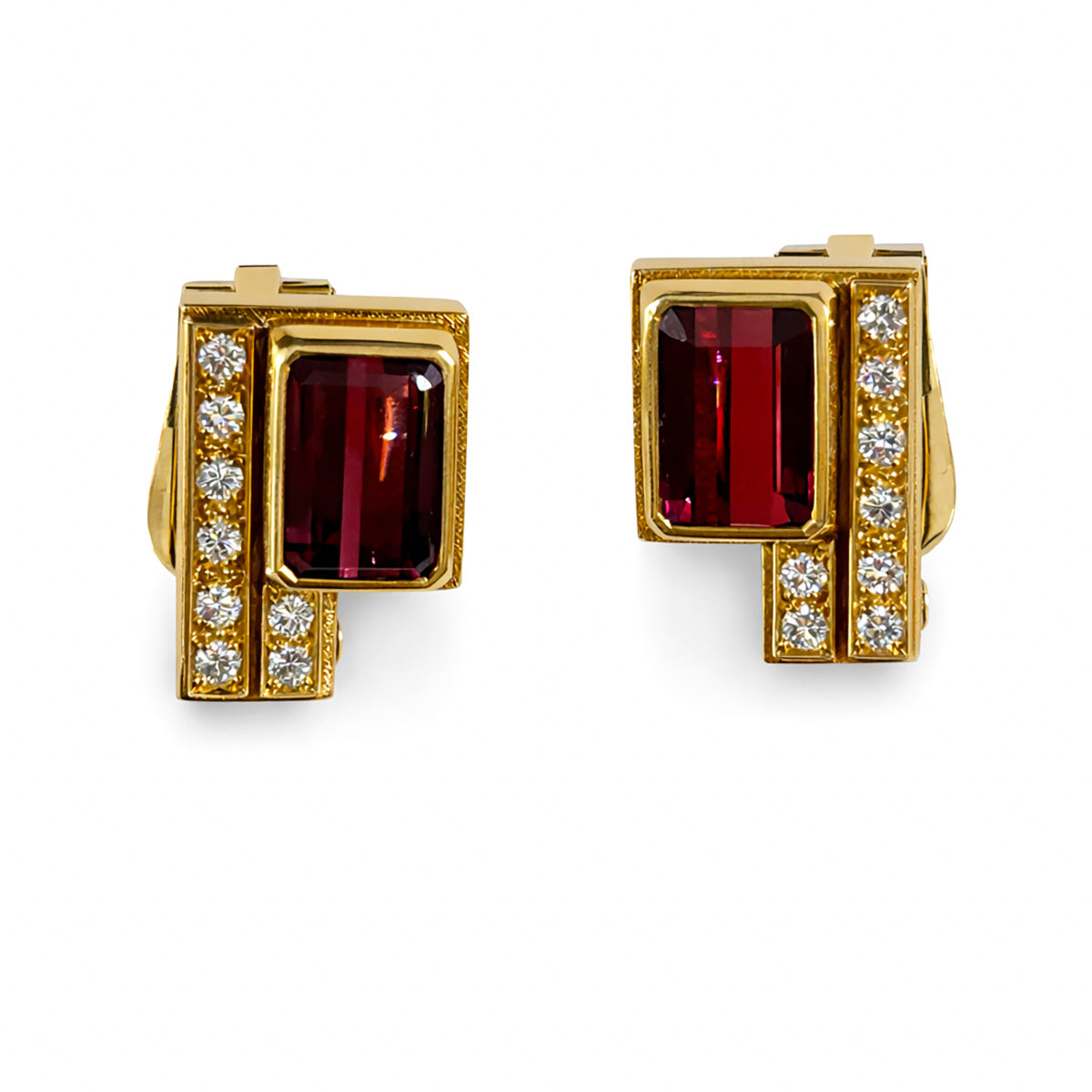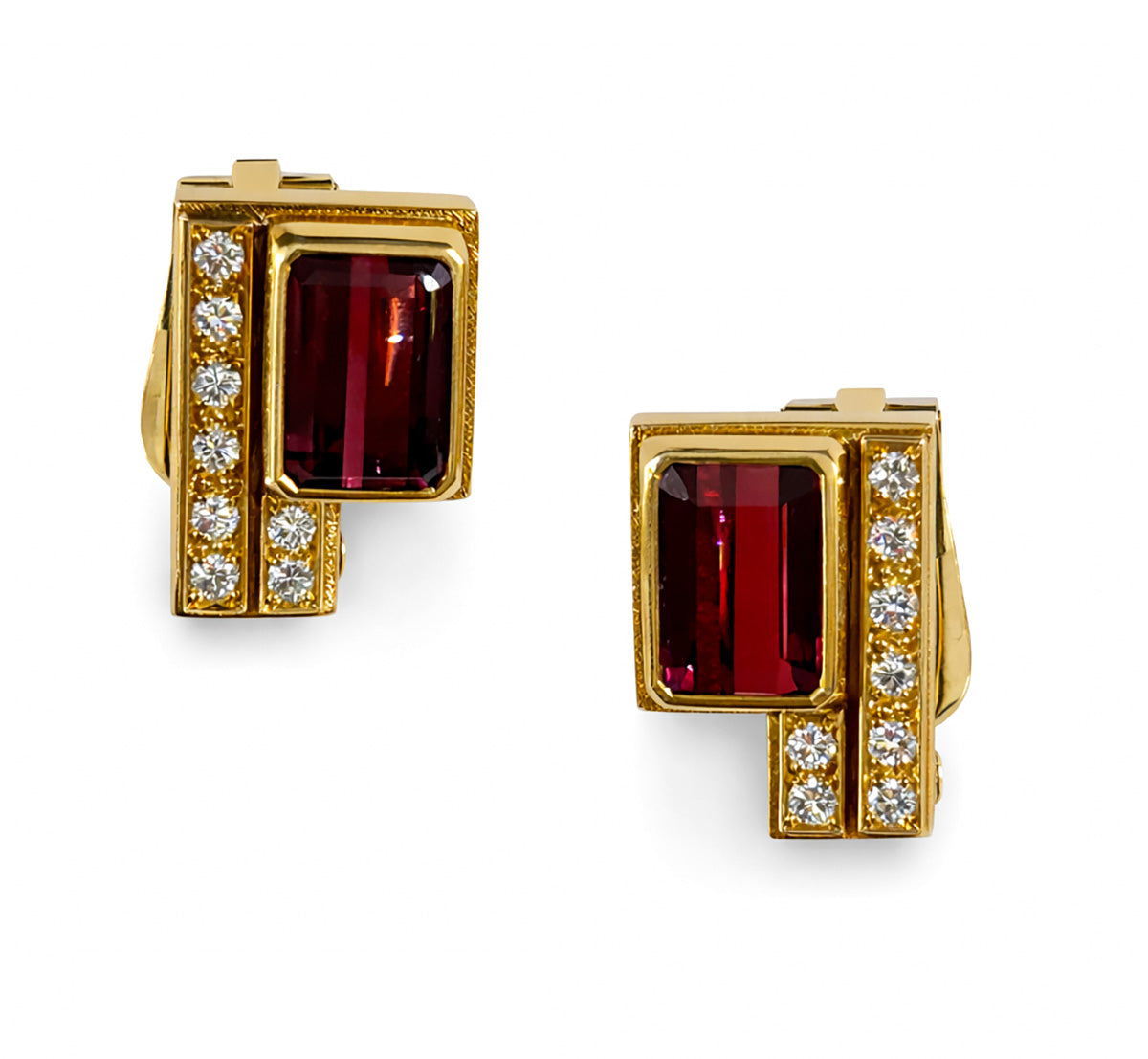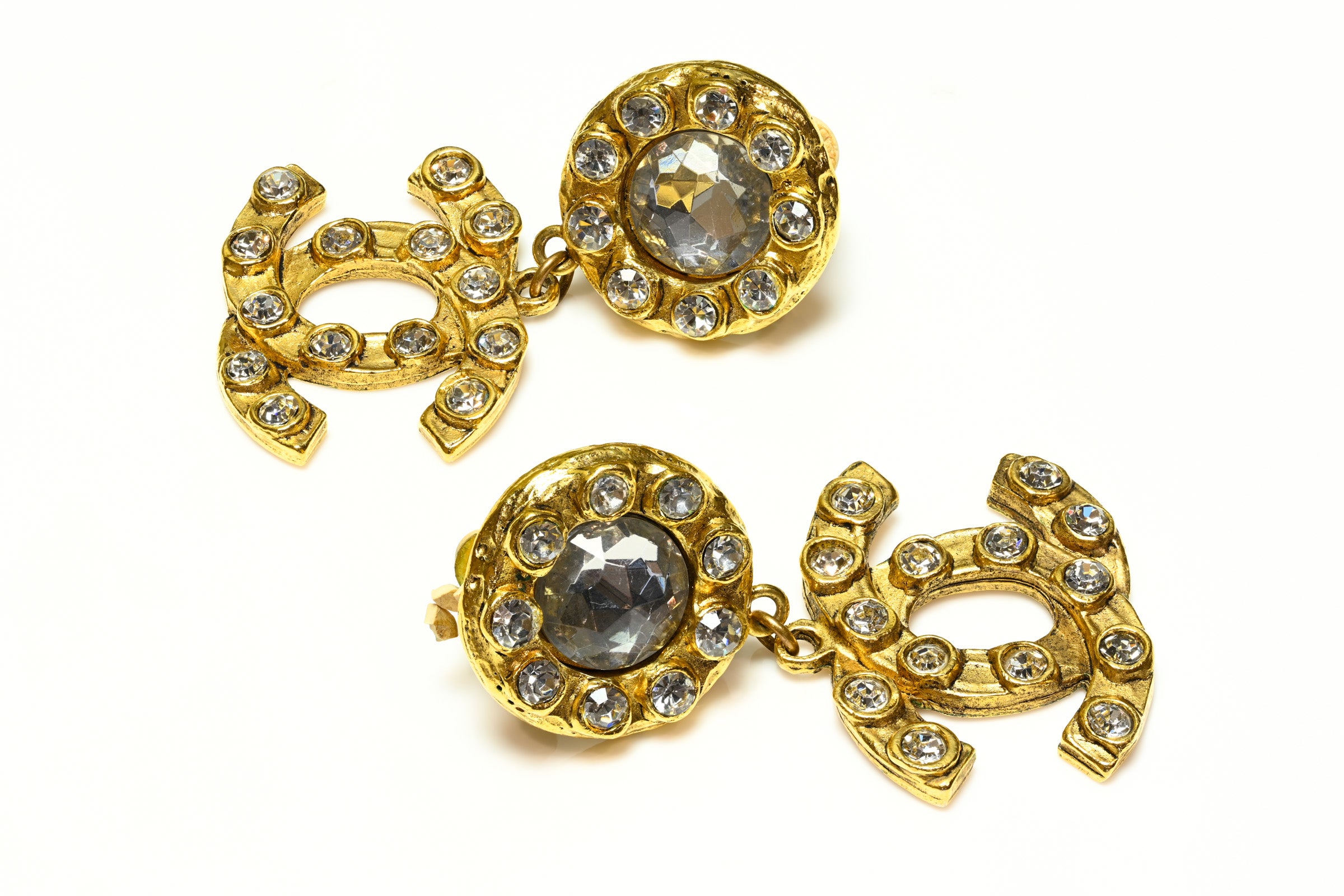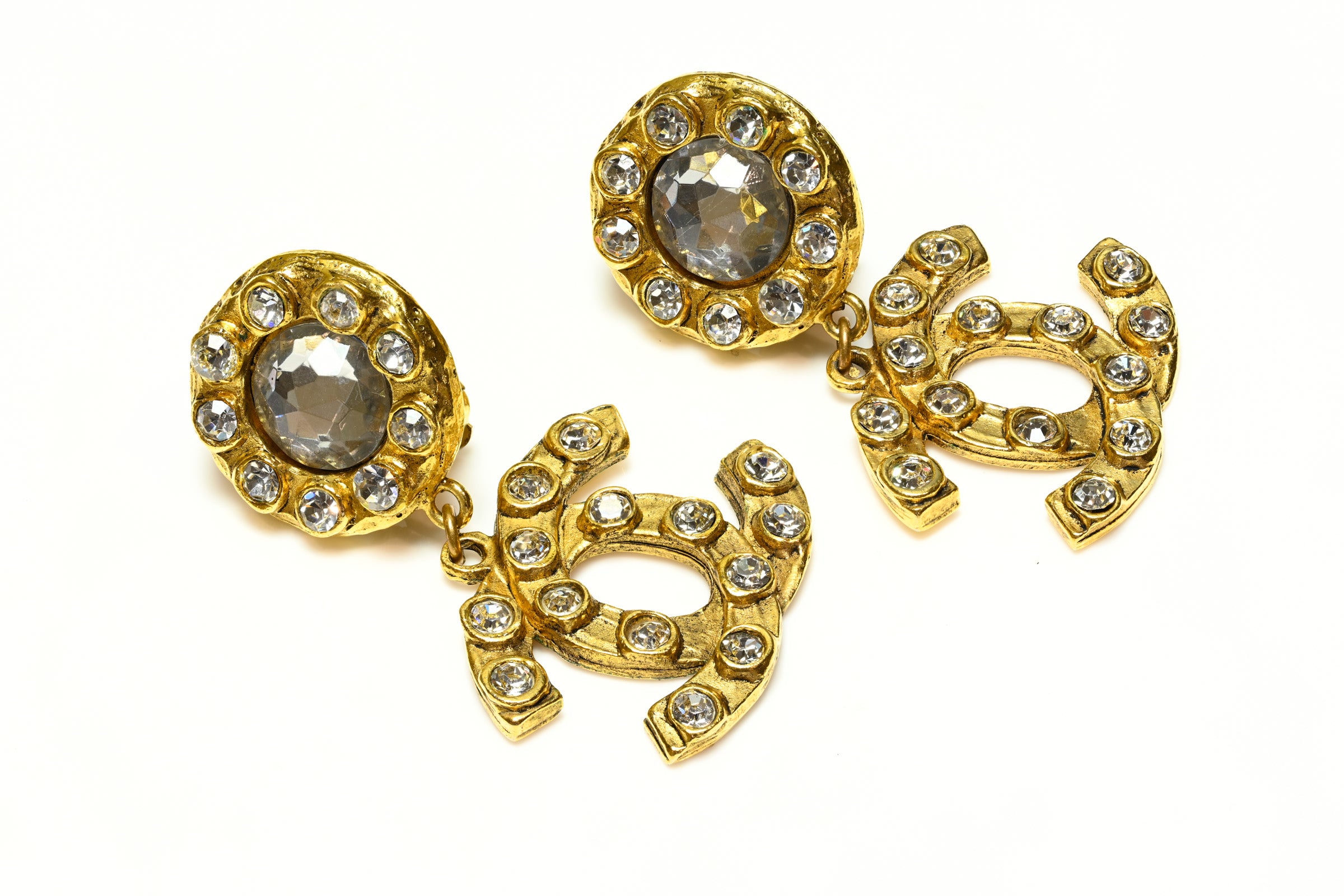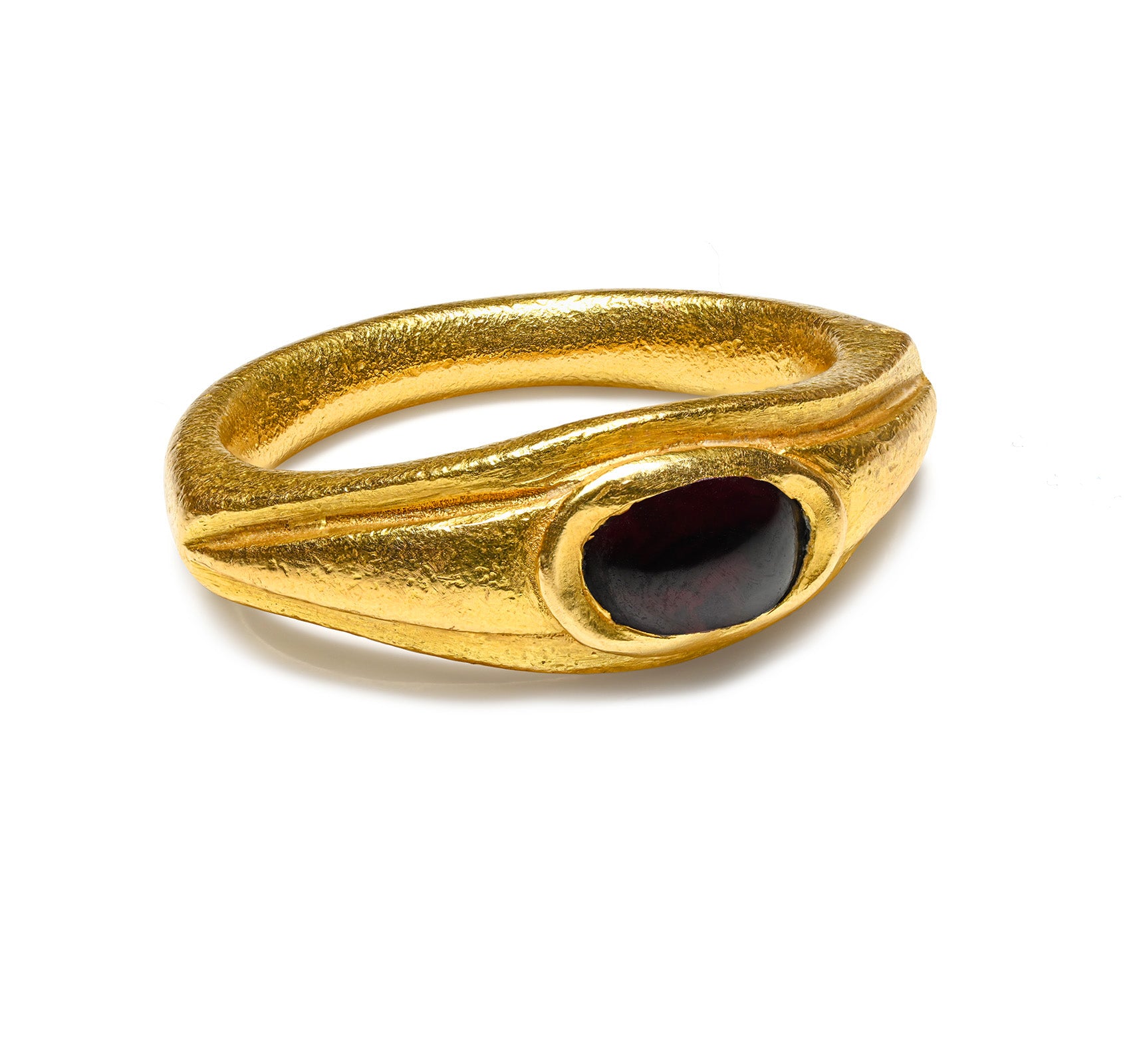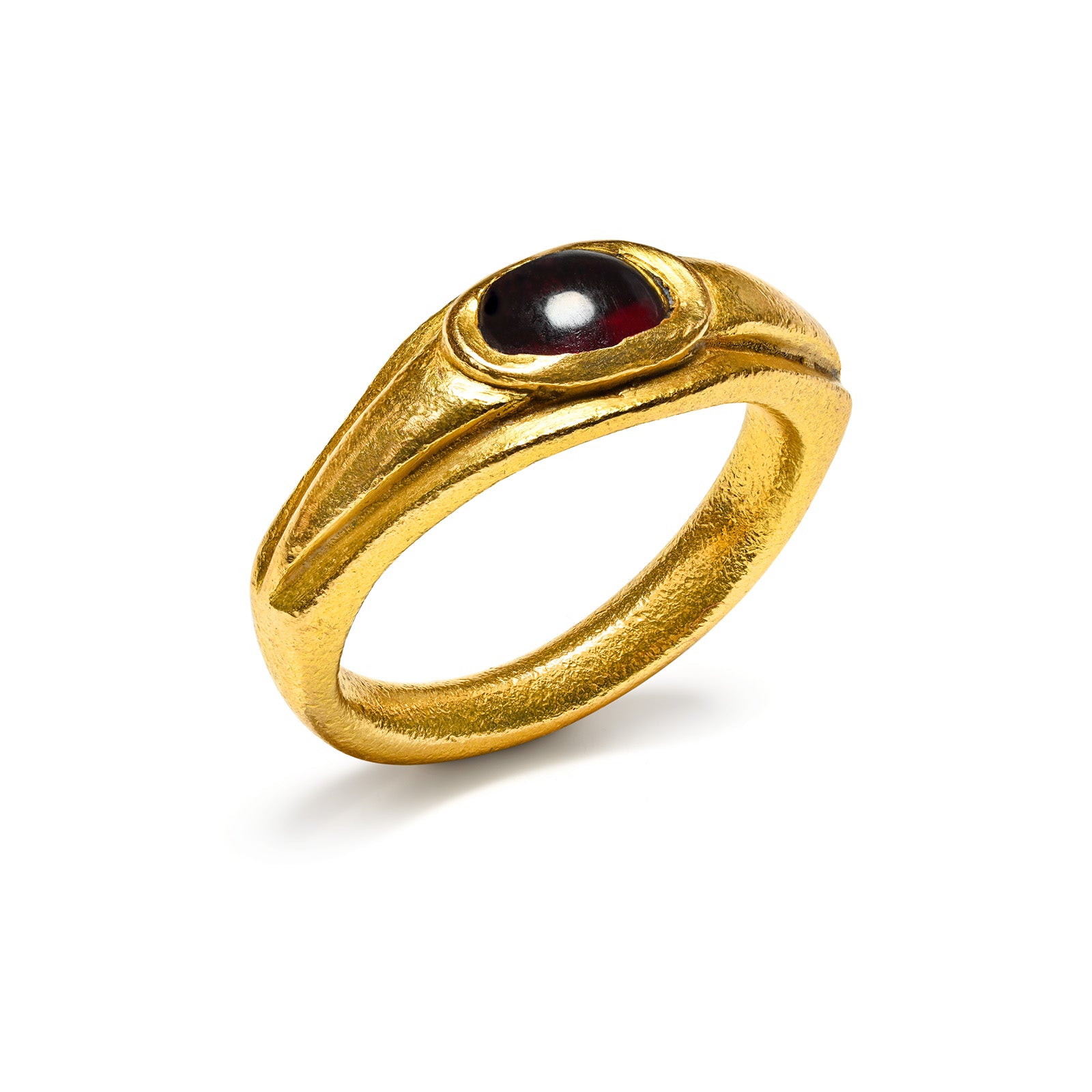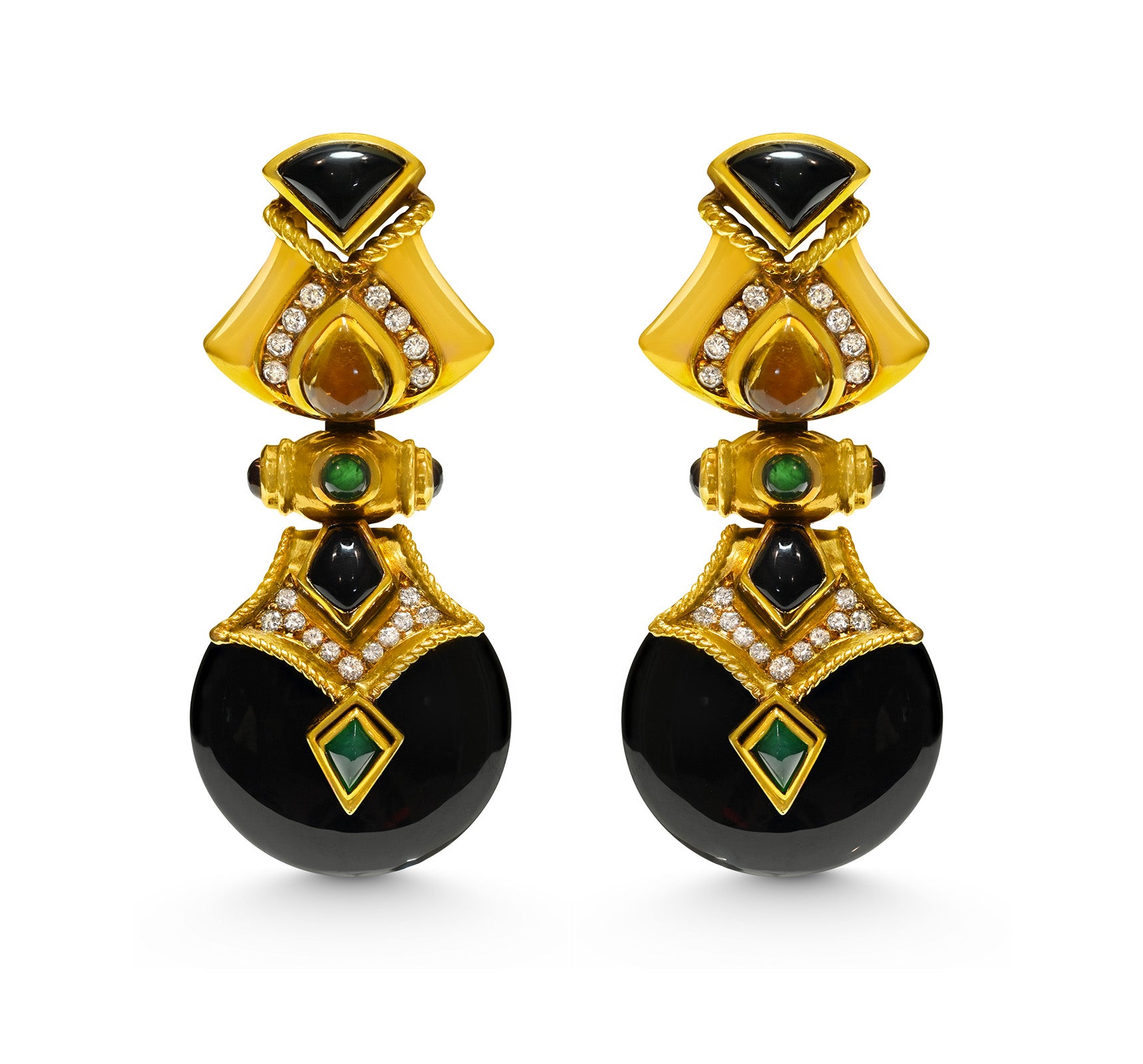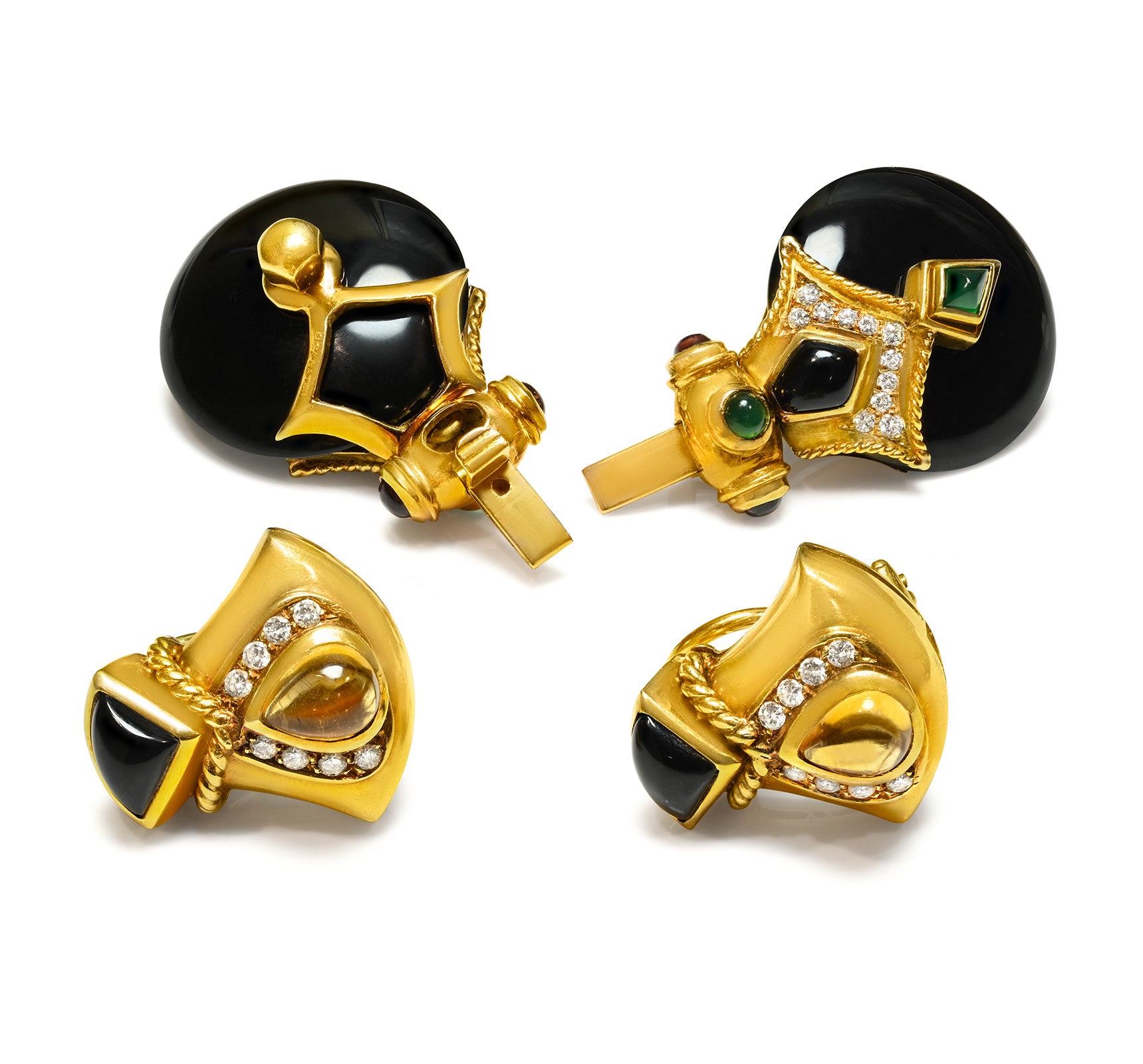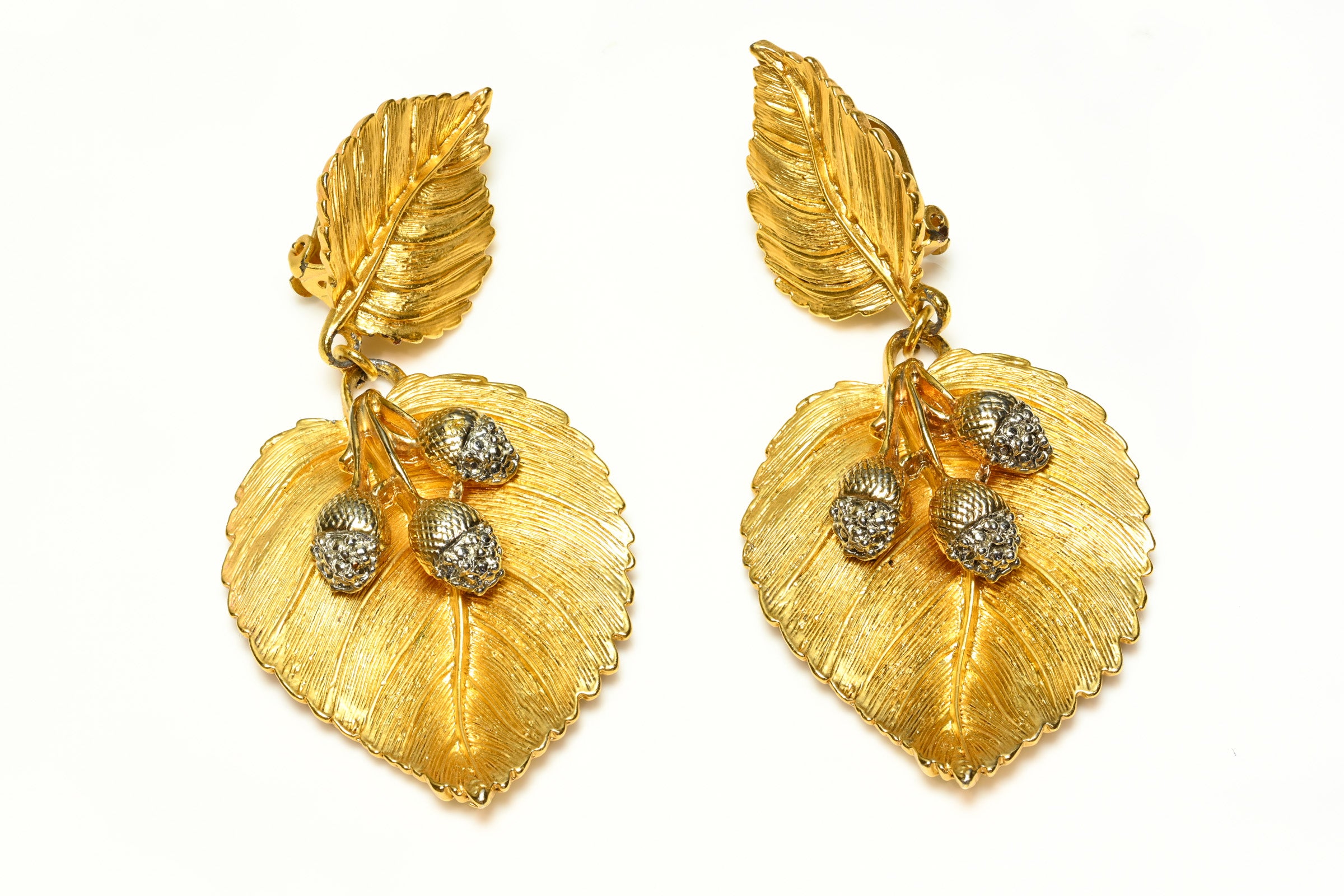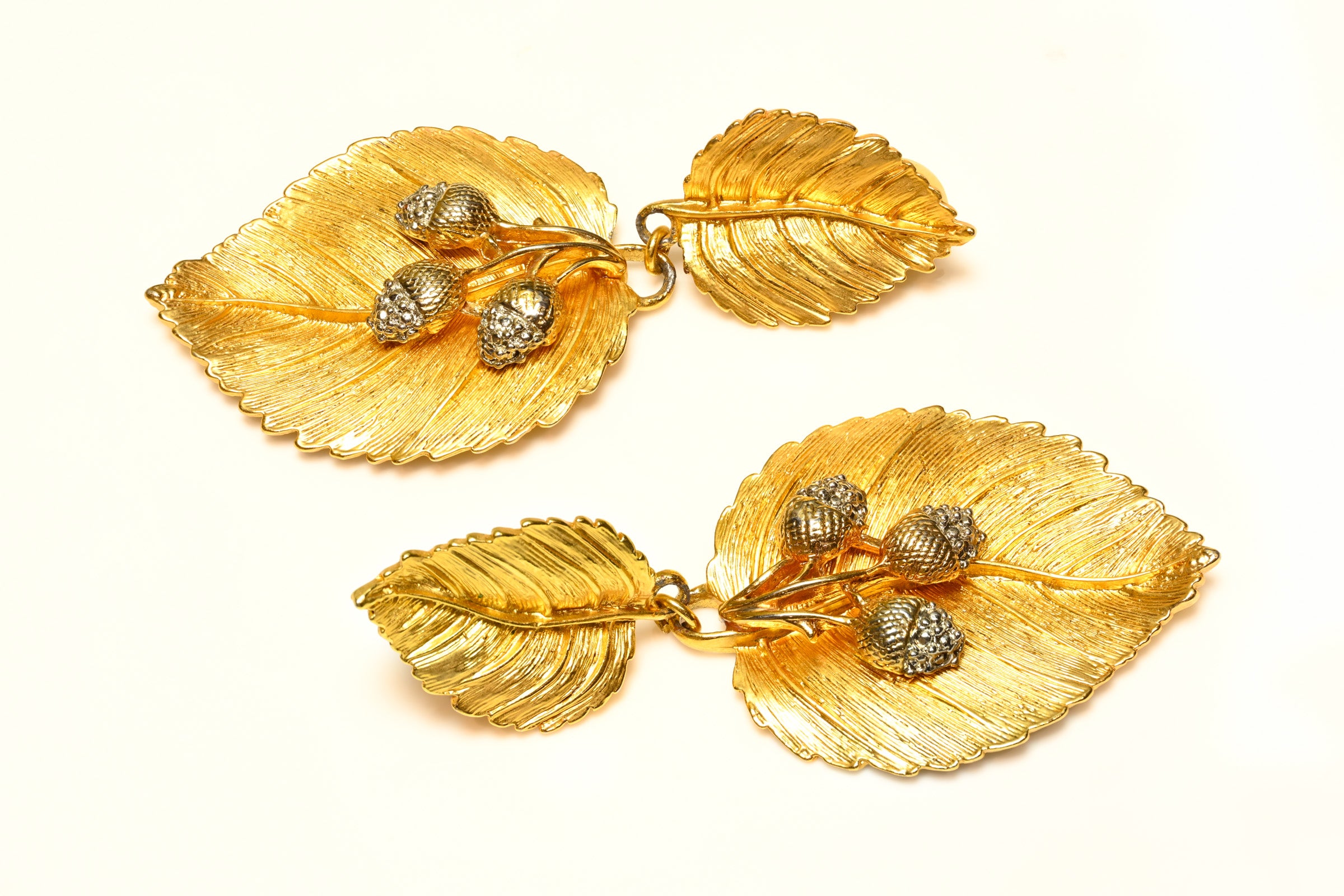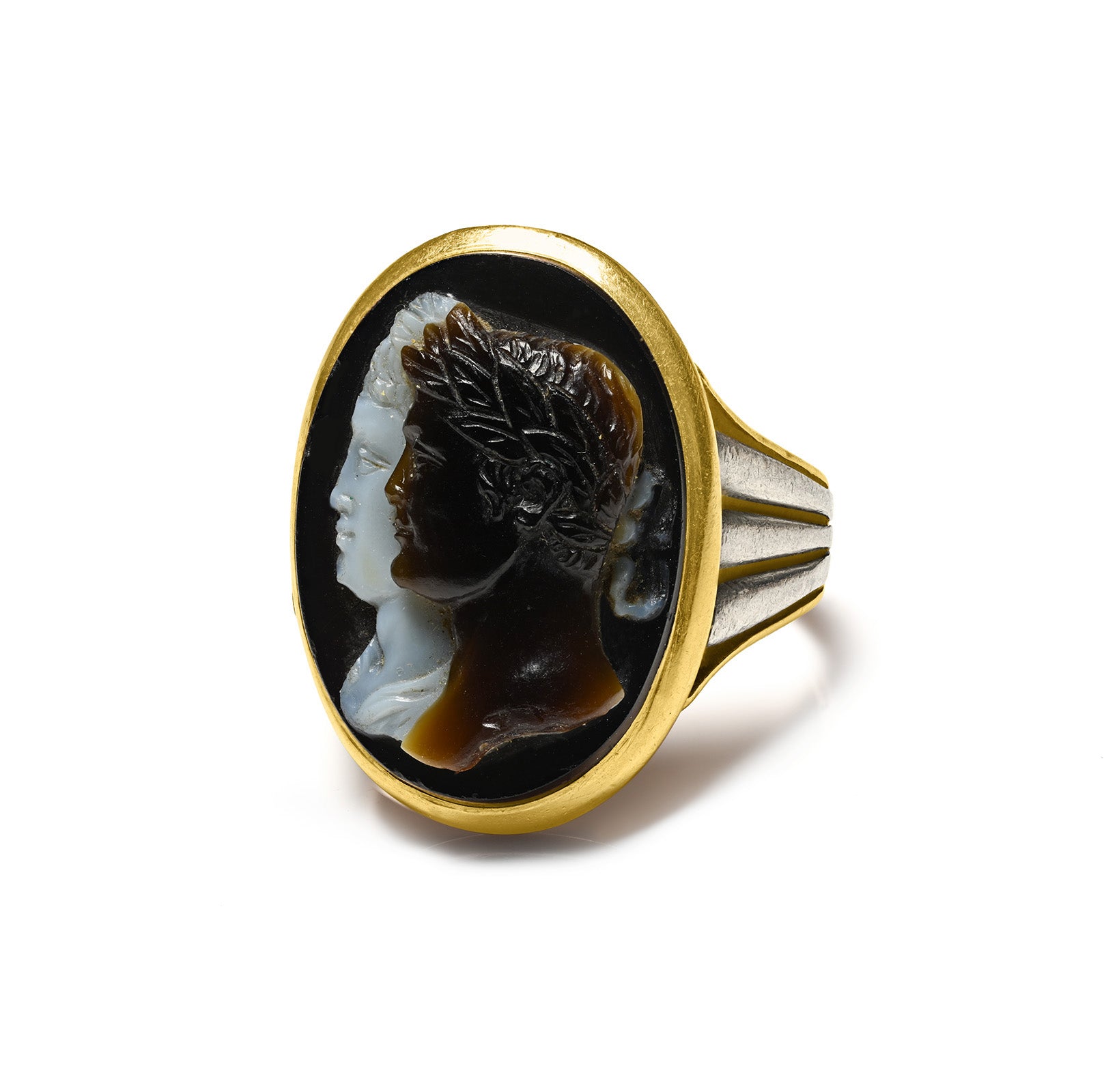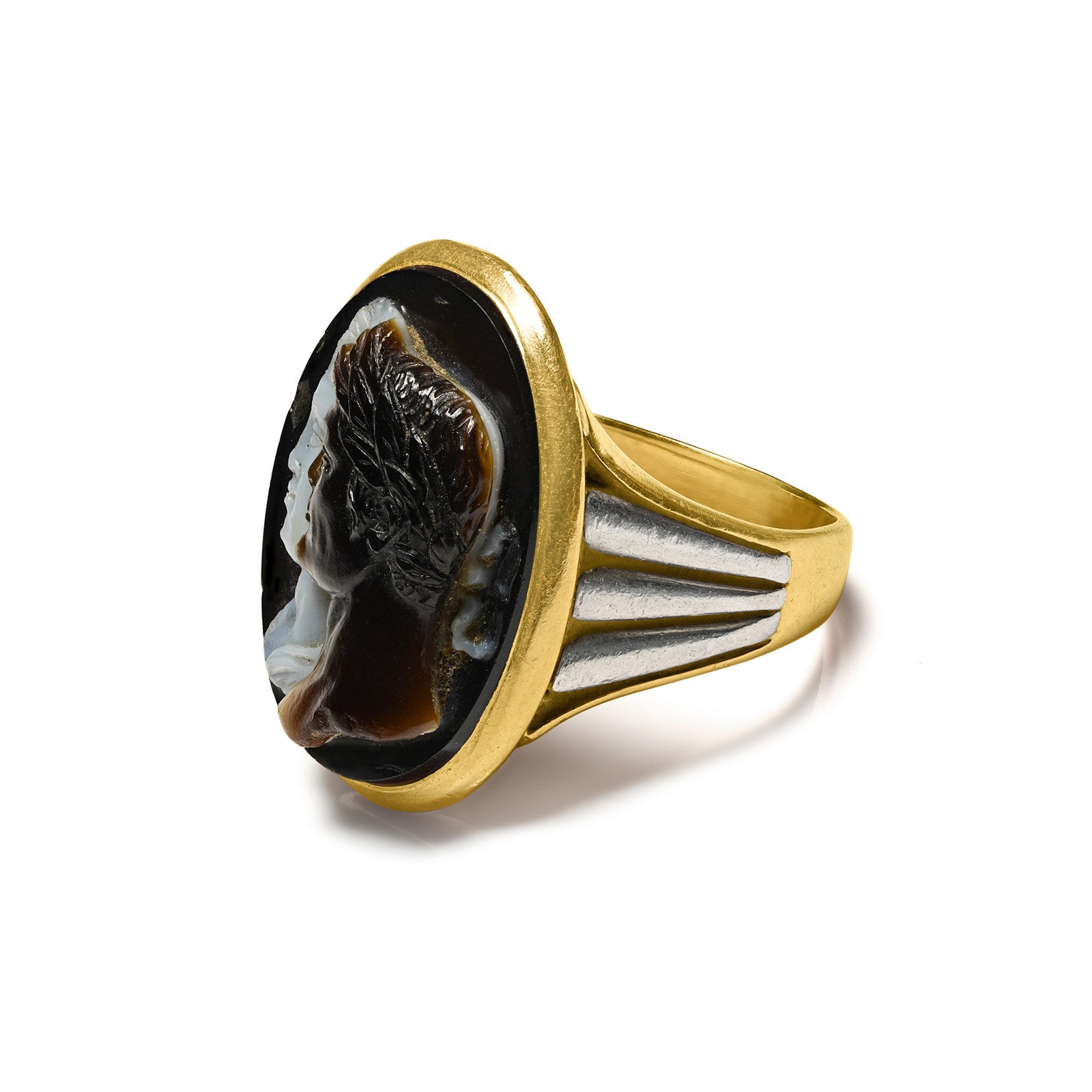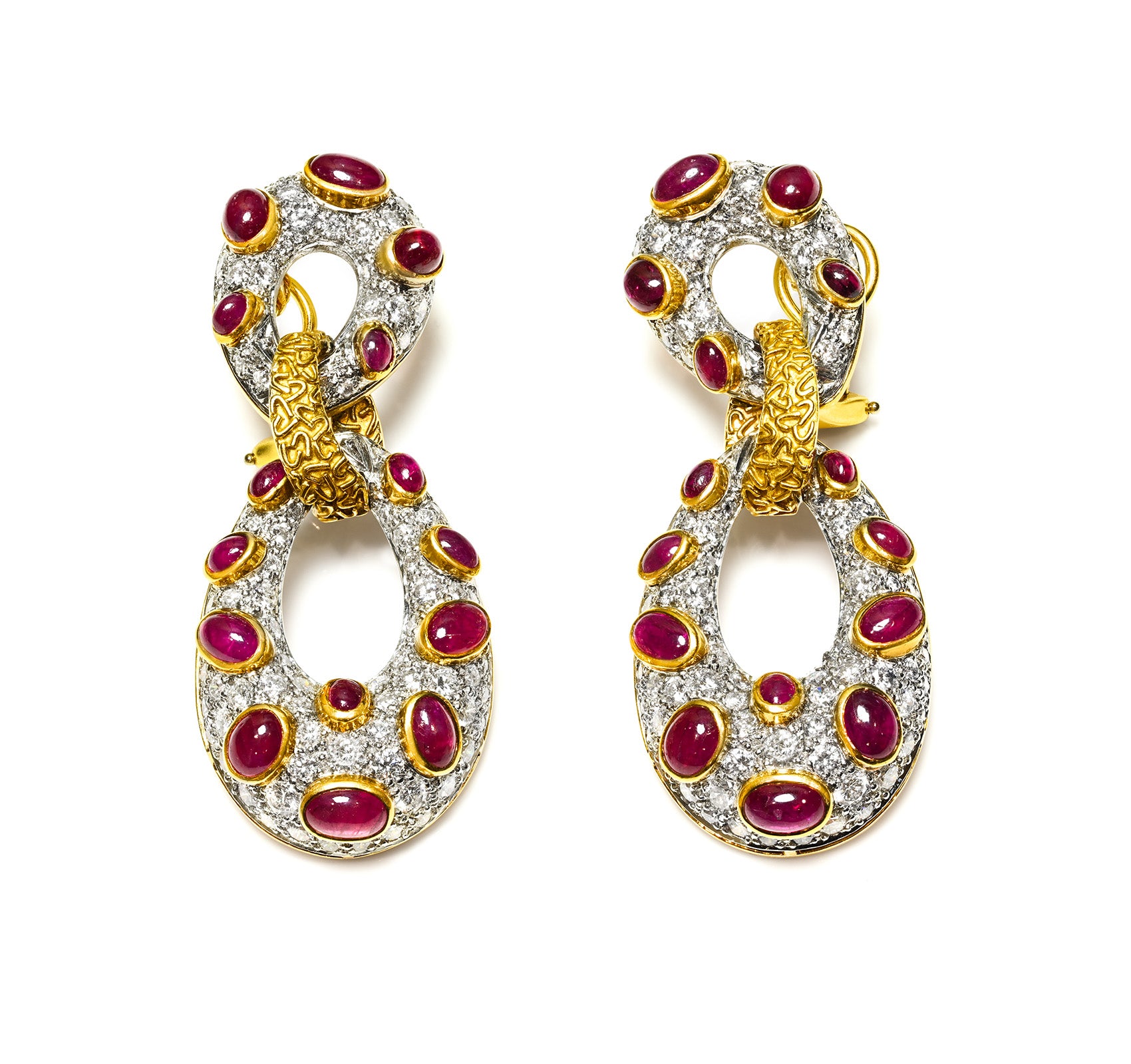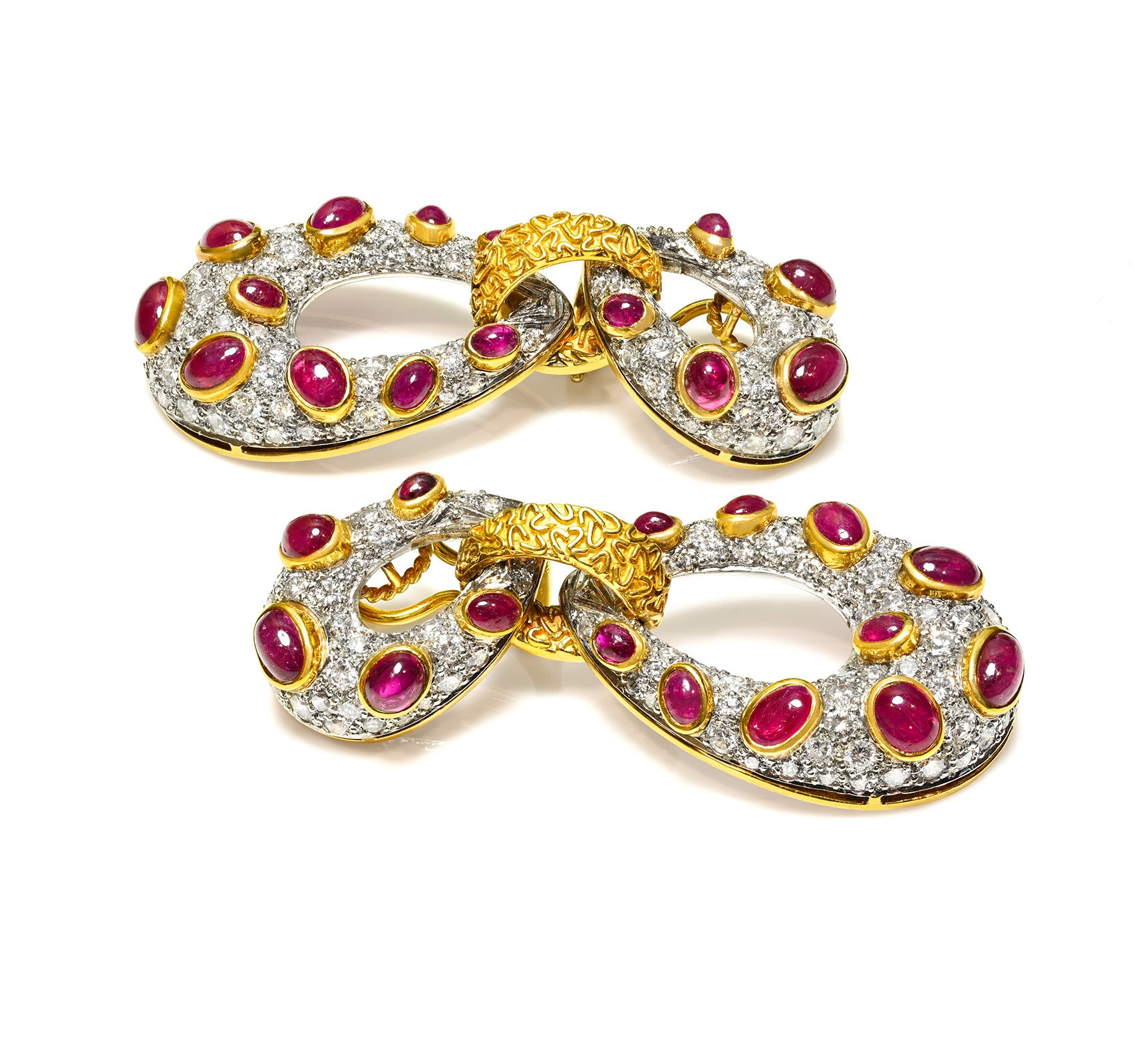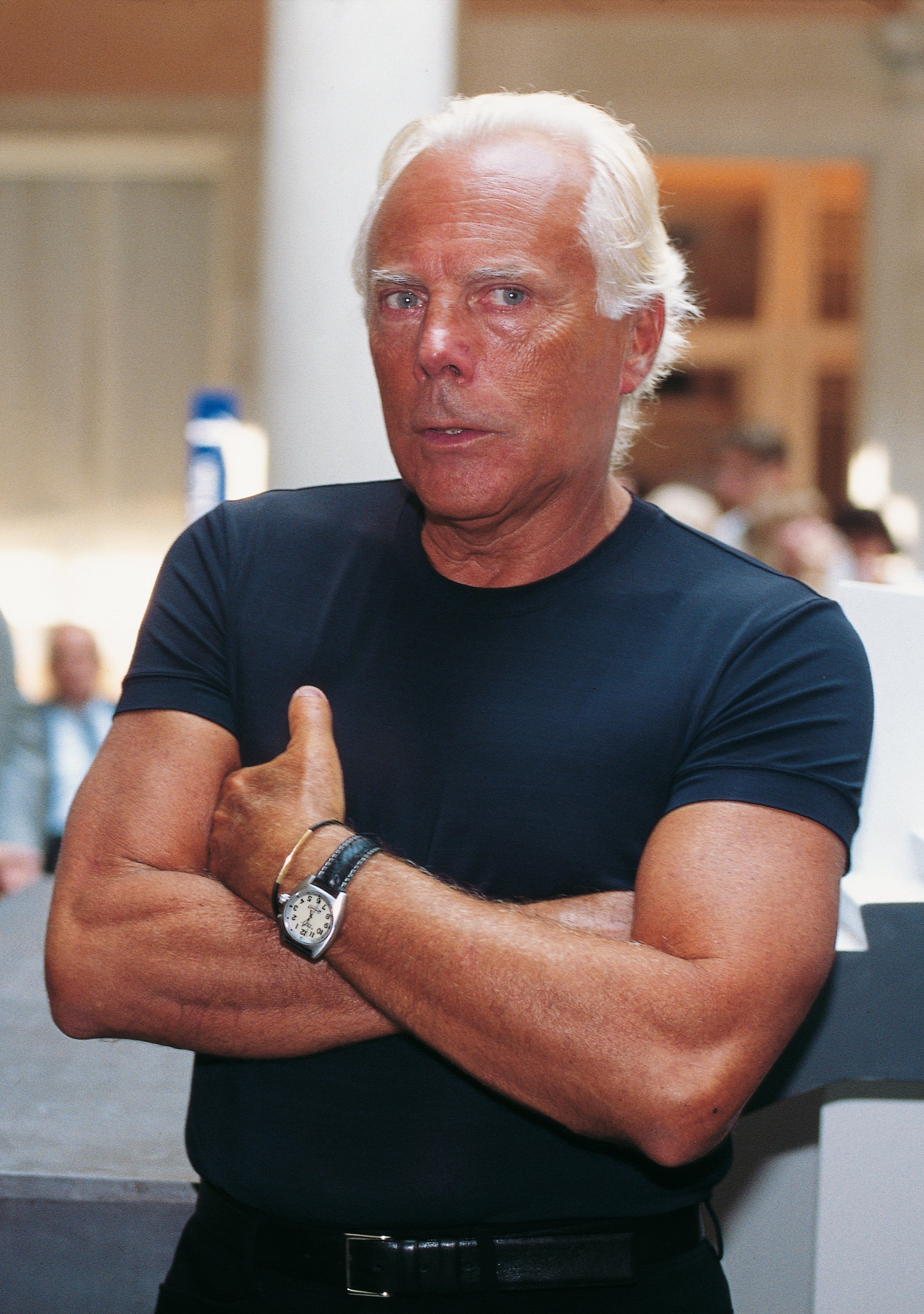
Giorgio Armani - Things You Didn’t Know About The Fashion Icon
Few fashion designers have left as deep a mark on culture as Giorgio Armani.
Known for his understated elegance and impeccable tailoring, Armani built not only a fashion empire but also a reputation for discretion, discipline, and innovation.
Yet behind the minimalist suits lies a story filled with hardship, resilience, and unexpected turns.
Quick Highlights – Things You Didn’t Know About Giorgio Armani
-
He studied medicine for three years before turning to fashion.
-
As a child, he was seriously injured by a bomb explosion during WWII.
-
His first fashion job was as a window dresser at La Rinascente in Milan.
-
Together with Sergio Galeotti, he sold his car to fund his first collection in 1975.
-
American Gigolo (1980) made Armani a global fashion symbol.
-
He designed costumes for over 100 films (including The Untouchables and Miami Vice) and collaborated with stars like Lady Gaga and Eric Clapton.
-
A lifelong vegetarian, he avoided alcohol and dressed almost exclusively in black.
-
His empire grew to include hotels, restaurants, furniture, and even a basketball team.
-
Giorgio Armani personally approved every design, right down to details of runway shows.
-
Despite his success, he once admitted his greatest regret was spending too much time working and too little with loved ones.

Giorgio Armani - Photo Credit: Jan Schroeder, CC BY-SA 3.0, via Wikimedia Commons
Early Life and Unexpected Beginnings
Born in 1934 in Piacenza, Italy, Armani’s childhood was overshadowed by the Second World War. At just nine years old, he was badly injured when a leftover bomb exploded while he was playing. He suffered severe burns and spent weeks in the hospital undergoing painful treatments.
Though he miraculously recovered without lasting scars, the memory of that experience never left him. It instilled in him both discipline and resilience—qualities that would later define his career.
His family also faced postwar struggles. Armani’s father was temporarily imprisoned on accusations of supporting the fascist regime, leaving Giorgio, the middle child, to take on adult responsibilities early. These experiences shaped a young man who valued order, restraint, and hard work above all else.
Initially, Armani never intended to work in fashion. He studied medicine at the University of Milan for three years before realizing it was not his calling. During his mandatory military service, he worked as an orderly in a military hospital, an experience he described as one of the most difficult of his life.
After leaving the army, Armani took a job at Milan’s famed department store La Rinascente. He began as a window dresser before becoming a buyer, where he learned about fabrics, trends, and consumer psychology.
This was his first real contact with the fashion industry—far from glamorous, but deeply formative. It was here that Armani first understood clothing as more than garments: they could be instruments of identity, status, and storytelling.
Rise to Global Fame
Giorgio Armani officially launched his brand in 1975, but global fame came unexpectedly fast. The turning point was the 1980 film American Gigolo. Richard Gere appeared on screen wearing Armani’s deconstructed suits—soft-shouldered, fluid, and modern. The impact was immediate: Armani’s look became synonymous with a new kind of masculinity, sleek yet approachable.
Originally, the costumes had been designed for John Travolta, who was set to play the lead. When Gere replaced him, Armani adapted the suits, and the collaboration turned into one of the most iconic moments in fashion history. Director Paul Schrader later remarked: “For me, the clothes and the character were the same thing.”
From that moment on, Armani’s name crossed from the runways of Milan into global pop culture. Hollywood embraced him, executives and politicians adopted his style, and the “Armani man” became a worldwide ideal of elegance.
An Obsession With Perfection
Armani quickly gained a reputation as a perfectionist unlike any other in the fashion world. He insisted on controlling every stage of production: from the sketch of a jacket, to fabric selection, to the way a model’s hair was styled on the runway.
Even in his later years, when health limited his ability to attend shows in person, Armani approved fittings, makeup, and styling remotely.
His discipline extended into his personal life. Armani adopted what could only be called a uniform—simple black T-shirts and trousers.
He owned dozens of identical shirts, explaining that simplicity freed him from distraction and allowed others to focus on his work, not his clothes. This choice became symbolic of his minimalist philosophy: elegance should whisper, not shout.

Giorgio Armani - Photo Credit: GianAngelo Pistoia, CC BY-SA 3.0, via Wikimedia Commons
Setting New Industry Standards
In the mid-2000s, Armani publicly rejected the “size-zero” aesthetic and avoided casting underage or ultra-thin models, arguing for healthier standards on the runway.
He was also among the first major designers to experiment with digital shows—famously live-streaming a couture presentation in 2007—years before such formats became industry norm.
Symbols and Quirks
Among the more unusual features of Armani’s Milan residence was a life-sized gorilla sculpture named Uri, created by Italian artist Marcantonio.
Armani associated it with strength and nature—a playful yet striking reminder of the natural world inside an otherwise minimalist home. It reflected a broader truth about the designer: his idea of style encompassed not only clothing but also art, nature, and symbolic gestures.
Building an Empire Beyond Fashion
Giorgio Armani never limited himself to clothing. Over the decades, he expanded his vision into a full lifestyle empire.
He founded Armani Hotels in Dubai and Milan, where every detail—from custom-made furniture to Eramosa stone floors—was personally overseen. His goal was not grandeur but what he called “refined silence”: a hospitality experience that felt like being welcomed into his own home.
Armani/Casa brought his minimalist touch into interiors and furniture, while Armani/Fiori added floral design to his portfolio. Restaurants and cafés followed, reflecting his belief that elegance could be part of everyday living.
Armani and Sports
Armani’s passions extended well beyond the runway. A devoted basketball fan, he acquired Olimpia Milano, one of Italy’s most prestigious basketball teams, and transformed it into a powerhouse.
He also designed Olympic uniforms for Team Italy, proving that sleek tailoring could merge with athletic performance.
The Hollywood Connection
Armani’s relationship with cinema went far beyond American Gigolo. Over the years, he designed costumes for more than 100 films, including The Untouchables and Miami Vice. His clothes didn’t just dress characters—they defined them.
He collaborated with global icons such as Lady Gaga, creating pieces for her Monster Ball and Born This Way tours, and dressed Eric Clapton for performances. These partnerships reinforced Armani’s belief that fashion and music, like fashion and cinema, were intertwined forms of storytelling.
Regrets and the Human Side
Despite leading an empire, Armani lived a surprisingly modest and disciplined life. He avoided alcohol, followed a vegetarian diet, and dressed almost exclusively in his signature black T-shirts and simple trousers.
Yet, in his later years, Armani openly admitted to one profound regret: spending too much time working and not enough with family and friends.
When asked if he wished he had children, he confessed: “Very much. I would have loved to have many children.” These words revealed the vulnerable side of a man often seen as untouchable in the fashion world.
Rituals and Superstitions
Armani’s discipline was legendary. He woke every day at 7:00 a.m., followed by 30 minutes of exercise—walking, aerobics, light weights, and stretches. Breakfast never changed: coffee, toast with honey, yogurt, fresh fruit, and a handful of almonds.
Despite his modern outlook, Armani carried with him traditional Italian superstitions. He considered the number 17 unlucky (because XVII can be rearranged to form “VIXI”, Latin for “I have lived”—a phrase associated with death). He avoided placing hats on beds, believing it brought misfortune.
On New Year’s Eve, he wore red underwear for luck, ate lentils at midnight to symbolize prosperity, and enjoyed cotechino sausage for abundance.
These rituals showed how even the most global of designers never fully left behind the traditions of his roots, which are still common in Italian households today.
The Story Behind Acqua di Giò
Perhaps Armani’s most enduring creation outside of clothing is the fragrance Acqua di Giò, one of the world’s bestselling men’s perfumes. Its inspiration came from the volcanic island of Pantelleria, where Armani was captivated by the raw power of the sea.
He wanted to capture “the immensity of its energy” in a scent. With notes of citrus, marine accords, and warm woods, the fragrance embodied the Mediterranean spirit and reflected Armani’s philosophy: elegance rooted in nature.
The First Fashion Show That Changed Everything
In January 1976, Armani held his first official fashion show. Only 12 models walked the runway, wearing deconstructed men’s jackets that were lighter, softer, and freer than anything Milan had seen before.
At the finale, they paused dramatically and then began dancing to music played by Sergio Galeotti from backstage.
The moment broke every convention of the time, announcing Armani as a revolutionary force in fashion. From those humble beginnings, he went on to redefine how men and women dressed worldwide.
From Makeshift Studios to a Global Empire
Before the empire took shape, things were far from glamorous. His early offices were so bare that he removed lampshades just to improve lighting on fabrics.
He later recalled even hand-painting polka dots on fabric when resources were scarce—a resourceful improvisation that revealed the ingenuity of his early career.
These resourceful beginnings showed the same ingenuity and persistence that would later shape an empire worth billions.
Armani, the “Monk of Fashion”
By the end of his life, the Giorgio Armani Group was widely valued at over €8.5 billion, with a footprint spanning fashion, beauty, hospitality, interiors, sports partnerships, and more—proof that a rigorously minimalist vision can scale into a truly global enterprise.
Even at the height of his success, Armani often described himself as living like a monk. “I’m not really one for small talk,” he once said. “I don’t enjoy parties much, but I do like having people over and watching them enjoy themselves.”
His office reflected this personality: a large sunlit room with a desk, a glass table, and just a few chairs. Simple, uncluttered, and precise—just like his clothes.
FAQ: Giorgio Armani – Lesser-Known Facts
Why did Giorgio Armani leave medicine for fashion?
Armani studied medicine for three years but realized he wasn’t suited for a hospital career. His first job at La Rinascente in Milan opened his eyes to the power of clothing and set him on the path to fashion.
What was Armani’s biggest regret?
In later interviews, Armani admitted he worked too much and spent too little time with family and friends. He also confessed he would have loved to have children.
How did a film make Armani world-famous?
The 1980 movie American Gigolo with Richard Gere showcased Armani’s soft-shouldered suits. The film transformed Armani into a global fashion symbol almost overnight.
Was Armani really involved in every design?
Yes. Armani was known for his perfectionism and personally approved every design detail, even supervising models’ hair and makeup for runway shows.
What inspired Acqua di Giò, his best-selling fragrance?
A trip to the volcanic island of Pantelleria. Armani wanted to capture the Mediterranean’s raw energy in a scent that evoked sun, sea, and freedom.
Why was he called the “Monk of Fashion”?
Because of his minimalist lifestyle. Armani dressed almost exclusively in black, avoided parties, and lived with a discipline that mirrored his clean, timeless designs.
Did Giorgio Armani ever design beyond clothing?
Yes. Armani built a full lifestyle empire that included hotels, restaurants, home décor (Armani/Casa), and even a basketball team, Olimpia Milano.
What role did American cinema play in his career?
Hollywood was key. Armani designed costumes for over 100 films, from The Untouchables to Miami Vice, blending fashion with storytelling and cementing his place in pop culture.
Why did Armani avoid the “size-zero” trend?
After controversies about unhealthy modeling standards, Armani took a public stand. He refused to cast ultra-thin or underage models, pushing the industry toward healthier practices.
What was unusual about his daily rituals?
Armani followed a strict routine: waking at 7 a.m., exercising for 30 minutes, and eating the same breakfast every day—coffee, toast with honey, yogurt, fruit, and almonds.
How did superstition influence his life?
Despite his modern outlook, Armani kept old Italian traditions—avoiding the number 17, never putting hats on beds, and eating lentils at midnight on New Year’s for prosperity.
Cover Photo Credit: GianAngelo Pistoia, CC BY-SA 4.0, via Wikimedia Commons
VIEW OUR COLLECTION OF ANTIQUE & VINTAGE JEWELRY
READ OUR INTERESTING FACTS ARTICLES

